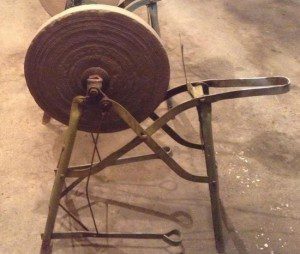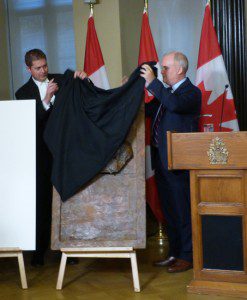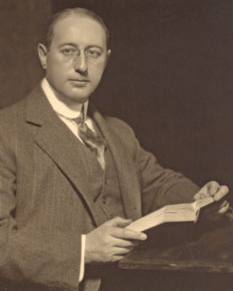
The group gathered as instructed at the end of a long walkway in the Pennsylvania woods near Uniontown. We waited for a few moments and he joined us – complete with ochre-coloured polo shirt and pants and a hardwood walking stick – to begin our tour. He seemed a rather young man to be guiding us through something as prestigious as this Frank Lloyd Wright-designed house. But the moment he began to speak about this place called “Fallingwater,” we sensed we were in the hands of a master tour guide.
“Just the way my arm rests across my walking stick,” he said, placing his forearm at right angles to the stick, “is the cantilever design that Wright used to build this home for Edgar and Liliane Kaufmann.” (more…)







